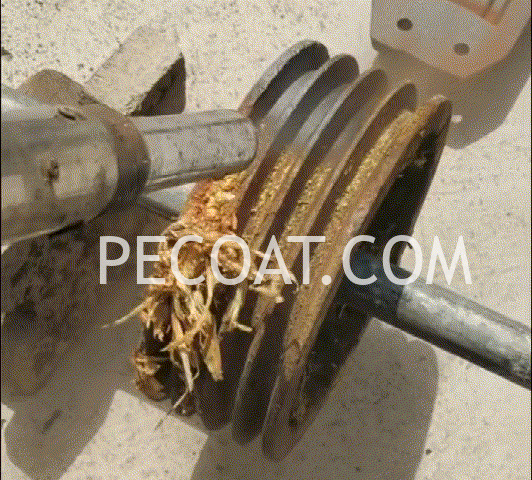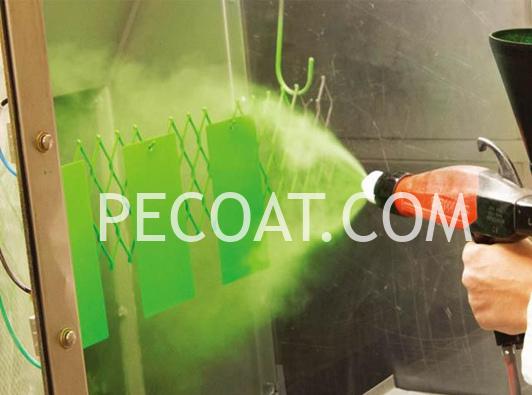Sandblasting vs Powder Coating: What’s the Difference?
Sandblasting and powder coating are two common methods used in the surface preparation and finishing of various materials. In this article, we will explore these two methods in detail, including their processes, advantages, and disadvantages.
Sandblasting
Sandblasting, also known as abrasive blasting, is a process that involves the use of high-pressure air or water to propel abrasive materials such as sand, glass beads, or steel shot onto a surface to remove contaminants, rust, or old coatings. The process is typically used to prepare surfaces for painting, coating, or other finishing processes. Sandblasting is a versatile and effective method that can be used on a wide range of materials, including metal, concrete, wood, and glass.

The sandblasting process involves the use of a sandblasting machine, which propels abrasive materials at high speeds onto the surface being treated. The abrasive materials remove any contaminants, rust, or old coatings, leaving a clean and smooth surface that is ready for further treatment. There are several types of abrasive materials that can be used in sandblasting, including sand, glass beads, steel shot, and aluminum oxide. The choice of abrasive material depends on the type of surface being treated and the desired finish.
One of the advantages of sandblasting is its versatility. It can be used on a wide range of materials and surfaces, including those that are irregularly shaped or have complex geometries. Sandblasting is also an effective method for removing tough contaminants, such as rust or old coatings, from surfaces. Additionally, sandblasting can be used to create a variety of surface finishes, from a rough texture to a smooth, polished surface.
However, there are also some disadvantages to sandblasting. One of the main drawbacks is that it can be a messy and time-consuming process. The abrasive materials used in sandblasting can create a lot of dust and debris, which can be difficult to clean up. Additionally, sandblasting can be a noisy process, which can be a concern in certain environments.
Powder Coating
Powder coating, on the other hand, is a dry finishing process that involves the application of a fine powder onto a surface, which is then heated to form a durable and attractive coating. Powder coating is a popular finishing process that provides a durable and attractive finish to a wide range of materials, including metal, plastic, and wood.
The powder coating process involves the application of a fine powder onto the surface being treated, which is then heated to form a hard and durable coating. The powder is typically applied using an electrostatic spray gun, which charges the powder particles and attracts them to the surface being treated. Once the powder is applied, the surface is heated in an oven, which causes the powder to melt and form a smooth, even coating.

One of the advantages of powder coating is its durability. Powder coating provides a more durable and long-lasting finish than liquid coatings, as it is less prone to chipping, fading, or peeling. Additionally, powder coating is more environmentally friendly than traditional liquid coatings, as it produces less waste and emits fewer volatile organic compounds (VOCs).
However, there are also some disadvantages to powder coating. One of the main drawbacks is that it can be a more expensive process than traditional liquid coatings. Additionally, powder coating requires specialized equipment and expertise, which can make it more difficult to perform in-house.
Conclusion
In conclusion, sandblasting and powder coating are two common methods used in the surface preparation and finishing of various materials. Sandblasting is an effective method for removing contaminants, rust, or old coatings from surfaces, while powder coating provides a durable and attractive finish to a wide range of materials. Both methods have their advantages and disadvantages, and the choice of method depends on the type of surface being treated and the desired finish.

Leave a Reply